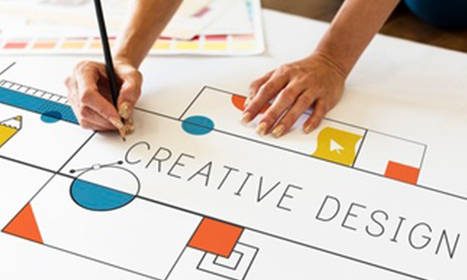
- July 24, 2021
- Tech
The Art of Creative Design
The Art of Creative Design: Where Imagination Meets Functionality
In a world saturated with visual stimuli, the importance of creative design cannot be overstated. It is the bridge that connects ideas with reality, transforming abstract concepts into tangible experiences. Whether in graphic design, product development, architecture, or digital interfaces, creative design plays a pivotal role in shaping our interactions with the world around us. In this blog, we will explore the essence of creative design, its principles, and how it can inspire innovation across various fields.
What is Creative Design?
At its core, creative design is the process of generating innovative solutions to problems through visual and functional means. It combines aesthetics with practicality, ensuring that a design is not only visually appealing but also serves its intended purpose effectively. Creative design is about thinking outside the box, challenging norms, and pushing boundaries to create something unique and impactful.
The Principles of Creative Design
1. User-Centric Approach: The best designs start with the user in mind. Understanding the needs, preferences, and behaviors of the target audience is crucial. This approach ensures that the design resonates with users and enhances their experience.
2. Simplicity: Often, less is more. A simple design can communicate a message more effectively than a cluttered one. Stripping away unnecessary elements allows the core idea to shine through, making it easier for users to engage with the design.
3. Balance and Harmony: A well-designed piece should have a sense of balance, whether through symmetry or asymmetry. Harmony in colors, shapes, and typography creates a cohesive look that is pleasing to the eye.
4. Innovation: Creative design thrives on innovation. It encourages designers to experiment with new materials, technologies, and techniques. Embracing change and being open to new ideas can lead to groundbreaking designs that redefine industries.
5. Storytelling: Every design has a story to tell. Whether it’s a brand’s identity or a product’s journey, effective design communicates a narrative that resonates with its audience. This emotional connection can significantly enhance user engagement.
The Impact of Creative Design
Creative design has the power to influence behavior, evoke emotions, and drive change. Here are a few areas where its impact is particularly profound:
1. Branding and Marketing
In today’s competitive market, a strong brand identity is essential. Creative design helps businesses stand out by crafting memorable logos, packaging, and advertising campaigns. A well-designed brand not only attracts customers but also fosters loyalty and trust.
2. User Experience (UX) Design
In the digital age, user experience is paramount. Creative design in UX focuses on creating intuitive interfaces that enhance usability. By prioritizing user needs and behaviors, designers can create seamless experiences that keep users engaged and satisfied.
3. Product Design
From furniture to gadgets, creative design plays a crucial role in product development. It involves not just aesthetics but also functionality, ergonomics, and sustainability. Innovative product design can lead to solutions that improve everyday life while minimizing environmental impact.
4. Architecture and Space Design
Creative design in architecture transforms spaces into functional works of art. It considers not only the visual appeal but also the flow, light, and environment. Thoughtful architectural design can enhance community interaction and promote well-being.
Embracing Creativity in Design
To foster creativity in design, it’s essential to cultivate an environment that encourages experimentation and collaboration. Here are some tips for designers looking to enhance their creative process:
· Seek Inspiration: Explore various sources of inspiration, from nature to art to technology. Surround yourself with diverse ideas and perspectives to spark creativity.
· Collaborate: Working with others can lead to new insights and ideas. Collaboration fosters a dynamic exchange of thoughts that can elevate the design process.
· Embrace Failure: Not every idea will be a success, and that’s okay. Embracing failure as a learning opportunity can lead to breakthroughs and innovative solutions.
· Stay Curious: Keep learning and exploring new trends, tools, and techniques. A curious mind is more likely to generate fresh ideas and push creative boundaries.
Conclusion
Creative design is an ever-evolving field that blends art and functionality to create meaningful experiences. By understanding its principles and embracing innovation, designers can craft solutions that not only meet user needs but also inspire and engage. As we continue to navigate a rapidly changing world, the role of creative design will only become more significant, shaping the future of how we interact with our environment and each other. So, let your imagination run wild, and remember: the best designs are born from a blend of creativity, empathy, and a dash of courage.









